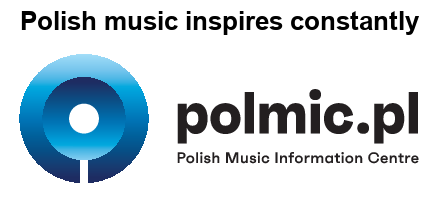composer, pianist, Oriental philologist, music critic and writer, b. 28th January 1907 in Kiev, d. 27th December 1982 in Lausanne. Son of the pianist, composer and educator Konstanty Kazimierz Regamey. He took up the piano with his mother Lydia Slavitch at age five, and his first compositions also come from that period. From 1920 he lived in Warsaw, where he attended secondary school, learnt the piano at Józef Turczyński’s class and music theory with Felicjan Szopski. He graduated in classical and Oriental philology from the University of Warsaw in 1931. In the following year he made his debut as a music critic with an article on Karol Szymanowski’s Symphony No. 4 (Symphonie concertante), and later published texts in the artistic-literary fortnightly “Zet” and the weekly “Prosto z mostu”. Also in 1932 he started his studies at the École des hautes études and Collège de France in Paris (Oriental philology and linguistics). He obtained a doctorate in Hindu philology and comparative Indo-European grammar in 1935 from the University of Warsaw, and in 1937 presented his post-doctoral dissertation (for the “habilitation” degree). In that period he maintained contacts with, among others, Karol Szymanowski, Jarosław Iwaszkiewicz, Bolesław Miciński, Konstanty Ildefons Gałczyński, and Jerzy Stempowski.
Until the outbreak of WWII, he was very active as a music critic, editor of the bimonthly “Muzyka Współczesna” in 1937-39, and the editor-in-chief of the monthly “Muzyka Polska” in 1938-39. In 1939 he co-organised the Festival of the International Society for Contemporary Music held in Warsaw and Cracow.
Under the German occupation he played the piano in cafes. As a Swiss citizen, he was not controlled by the Gestapo police, which helped him establish collaboration with the Polish underground Home Army. In 1942 he was its courier (pseud. Czesław Drogowski), and his flat served as a hiding place for those running away from the Germans. It was at the underground concerts that he made his debut as a composer – with the Quintet for clarinet, bassoon, violin, cello and piano (1942-44). He took several lessons in composition from Kazimierz Sikorski. After the fall of the Warsaw Uprising he was taken with his mother to the concentration camp in Stutthof (Pol. Sztutowo near Gdańsk), from which he was transported to a camp near Hamburg and then released as a Swiss citizen. In November 1944 he settled in Lausanne.
From 1945 he worked at the University of Lausanne – first as a teacher of Russian and Oriental languages, then – as a lecturer on Slavic and Oriental languages and civilisation, obtaining the title of full professor in 1957. He was also a professor of general linguistics at the Université de Fribourg, did research in the fields of Oriental philology and Sanskrit, lectured in India and Egypt (1949-50), and was a delegate to the 22nd International Congress of Orientalists in Istanbul. Together with Pierre Meylan he published the periodical “Feuilles Musicales” (1954-62), in which he also published his own articles. He was a member of the Société Linguistique in Paris.
Konstanty Regamey also dedicated his time to composition. His works were performed during the Donaueschinger Musiktage and (many times) at the “Warsaw Autumn” International Festival of Contemporary Music. In 1962 he toured the Soviet Union with violinist Anne-Marie Gründer. In 1963-68 he served as the president of the Association des Musiciens Suisses and the Swiss Section of the ISCM. In 1964 he founded the Swiss Music Council and was elected its president. He maintained close contacts with
Paul Sacher, who frequently conducted the premieres of his compositions. In 1977 he retired from his teaching posts at the Universities of Lausanne and Fribourg. He was almost completely paralysed in 1978. In his last years, he was assisted in his work as a composer by Jean Balissat.
Updated: 2007
Website about Konstanty Kazimierz Régamey and Constantin Régamey: https://regamey.polmic.pl/en/

Rynek Starego Miasta 27
00-272 Warsaw, Poland
e-mail:
tel: +48 22 635 91 40
The website was modernised thanks to the support of the Minister of Education and Science under the Science for Society II program.
